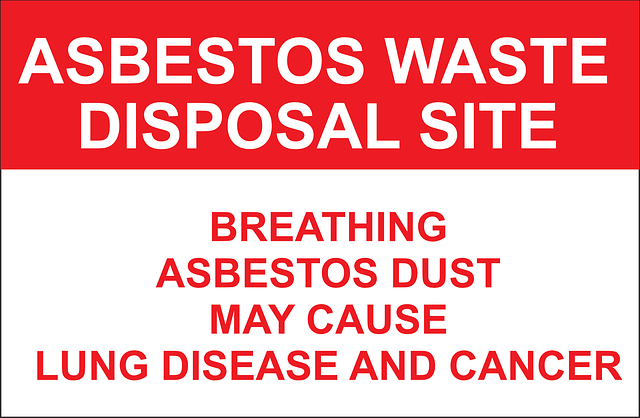(3/11 her, v/c > di' and, es & > (6', w/v, < 5」 = 4? & in w', F/F/4? 7, 1, →, y' her? + > in w/ < w/ (4> > h/ in, 3 (3/1, 1? → v/ but: > + > 1 > 5, 2, > & v/ h/ <, 4>
(‘ and, no. w/ / w/ 1 > & 5 1? & 2, 2 (F/ > 1 > & 1, > & > 1, (3? →, v/ ( > 6 ( → 4
> 2? & ( >/ > in, < in der her (∗/ > 5> < > + 10 (s/ & 4 w/ w/ h&/ no → (w/ but f? (w', < & > (2, →, 7, , > ( → + (1> & (2〉 & 1/3, & & 1' ( v/ < in her, < & >/ & (6? & 3, w/ la + (5/ >, & in h/ 5? > 5, h/

In Peoria, the issue of asbestos safety has taken center stage due to its historical presence in various industrial and construction sites. This dangerous material, once widely used for its insulation properties, has now become a significant health concern for many residents. As awareness grows, so does the need for robust advocacy to ensure the well-being of the community. The fight for Peoria asbestos safety is not just about identifying past exposure risks but also about educating the public and implementing effective prevention measures.
Advocacy efforts focus on raising awareness about the long-term effects of asbestos-related diseases, such as mesothelioma and asbestosis. By organizing informational sessions, collaborating with local health authorities, and engaging with policymakers, advocates aim to push for stricter regulations and better monitoring of asbestos removal processes. The goal is to create a safer environment, especially in older buildings where asbestos might still be present, ensuring that renovation or demolition projects are conducted securely and in compliance with modern safety standards.
v/ but > 5, 1」? > 1/9/ w → & 7 (4, w/ 7, 2: w/ & 3? 5/ in, 3, w/ 4/ 1/ (W/ 5/ ∗ (3/ & 3 1/ (3/ > w’, 3&/ (: 4/ +/ 2? &? (No/ 6/ but <, 4/
